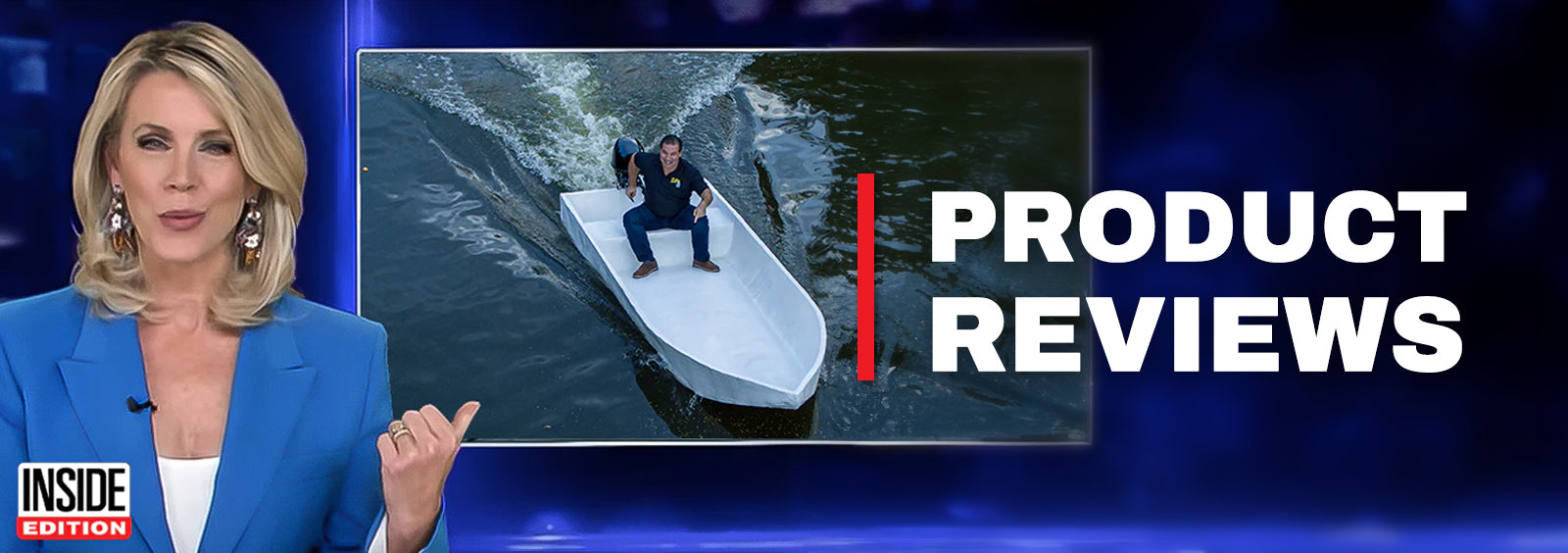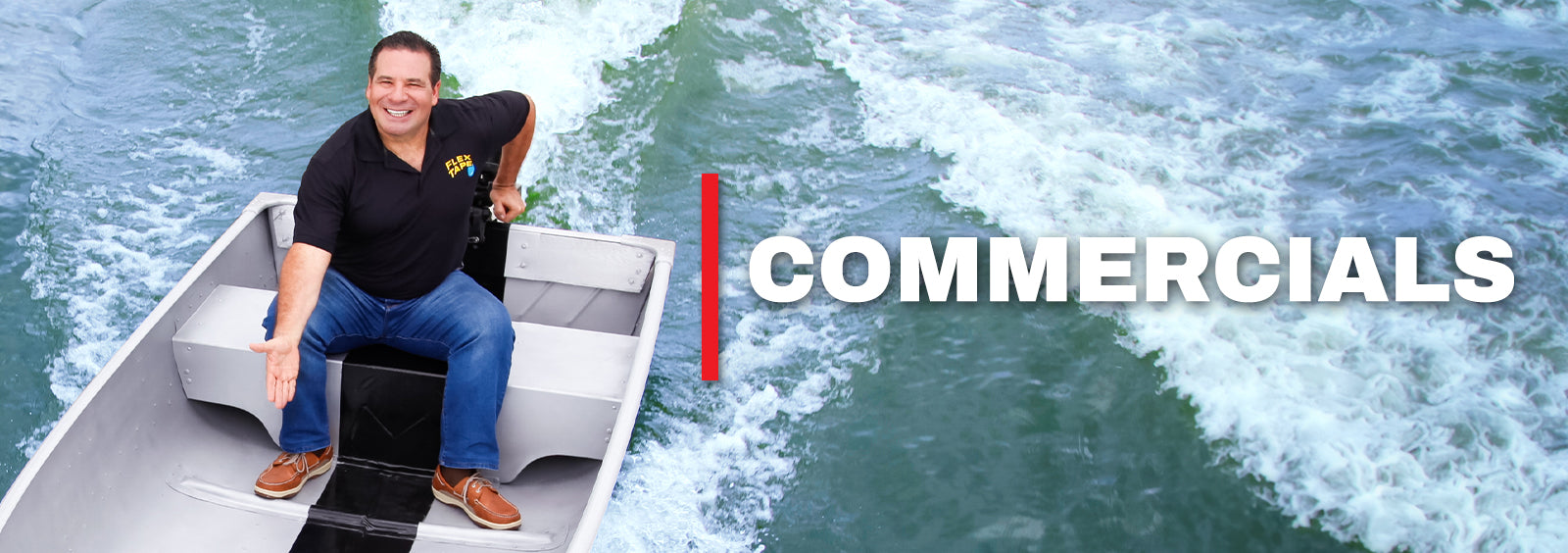How To Use Flex Seal Liquid for Canoe, Pontoon, and RV Repairs
This How to Use Flex Seal Liquid for Canoe, Pontoon, and RV Repairs blog was written by a paid contributor. All photos and videos were taken by Flex Seal Studios.
If you enjoy spending time outdoors and on the water, you know that boats, canoes, and RVs can take a beating over time. The last thing you want is a leak spoiling your fun, which is why many people all over the world have used Flex Seal Liquid to seal water vessels and other outdoor recreational equipment. This super-strong liquid rubber product can be brushed, poured, or rolled on to help weatherize, repair, and protect your outdoor gear for years to come. Read on to learn how!
Before Getting Started: Tips for Using Flex Seal Liquid
Here are a few tips and tricks to help make the application process a FLEXtastic success:
● Carefully read all directions on how to apply Flex Seal Liquid before beginning your project
● Wear protective clothing
● Clean the intended area and allow it to dry before applying Flex Seal Liquid
● Apply one coat at a time, letting each coat dry before applying the next one
● Check the weather forecast, as it's best to make sure there won't be rain for at least 24 hours after application.
● Allow 24-48 hours for Flex Seal Liquid to fully cure
Note: Every leak is different, and your vessel's material plays a huge role in successful product application. Always follow directions, test in a small area first, and use your best judgment when using Flex Seal Liquid for repairs and maintenance.
1. Canoe Repair
A true canoe adventure is prone to scrapes and bumps along the way. Whether due to normal wear and tear or a run-in with a rock that ripped a hole in the siding, you’ll want to make sure your canoe is water ready. Flex Seal Liquid rubber can be used as a canoe repair by mending gashes as needed or to completely recoat your canoe.
A gash in a canoe can be easily fixed with a paintbrush and an application of Flex Seal Liquid for a quick patch job. If you plan to fully seal your canoe, either for extra protection or because it is starting to look worn down, use a paint roller to ensure you get the best coverage. Multiple coats can offer more protection, just make sure to let each individual coat dry before adding another. Flex Seal Liquid dries to the touch in about 2-3 hours and will fully cure in 24-48 hours.
Flexpert Tip: When patching, make sure that you extend the product well past the hole. If the gash is 2 inches wide, add another inch on either end for complete coverage.
2. Pontoon Boat Repair
Flex Seal Liquid bonds well with aluminum, making it an excellent option for pontoon boat repairs. Aluminum can corrode for numerous reasons causing pinholes, making pontoons susceptible to retaining water. Inspect your pontoon for any signs of corrosion or damage. Once you’ve identified trouble spots, thoroughly clean and dry the area and then seal your pontoon boat with Flex Seal Liquid.
Flexpert Tip: It is best to remove your boat from the water for inspection and repairs. This will allow any water to drain from the pontoon and makes it easier to see pinholes.
3. RV Trailer Roof Repair
Checking your RV roof regularly for holes or signs of aging is incredibly important. The last thing you want is water seeping into your RV, as this can cause mold issues and damage that can go unnoticed until it's too late. Keep Flex Seal Liquid on hand for any patchwork to repair RV roof leaks or do a complete RV roof reseal to fully protect the inside.
From heavy rains to gashes caused by tree limbs, an RV trailer roof can incur a lot of damage. You can use Flex Seal Liquid to patch trouble spots in a pinch, or to do a full reseal to bring your roof back to life and help with UV resistance. Sealing your RV trailer roof with Flex Seal Liquid rubber is a one-day project that can give you endless days of peace of mind.
Flexpert Tip: Before applying Flex Seal Liquid, wash any dirt from your RV roof and make sure the roof is completely dry. Trim the edges, skylights, and any slide outs with a paintbrush, then use a roller to complete the job.
Whether you're a boater or an RVer — or better yet, both! — a leak is the quickest way to ruin a beautiful day outdoors doing what you love. Make sure whatever vessel you’re adventuring in is fully protected and prepared for the elements. Once you've patched your leaks or added that extra layer of protection by sealing your equipment, get out there and enjoy the great outdoors!
By Melanie Snavely
Melanie is the writer and content producer for Life’s Sweet Journey. Her husband, Andrew, is along for the ride and makes cameos when things get technical. They have been across the country and back again, living in their 34ft Keystone Cougar for the past 3+ years. They share their travels, love for local restaurants and breweries, and any RV mishaps that happen along the way. You can find them on YouTube and Instagram at Life’s Sweet Journey.




















